#198: Armillaria tabescens
Armillaria tabescens, the “Ringless Honey Mushroom,” is out in force in my area, a sure sign that summer is drawing to a close. Field guides often note that A. tabescens is the easiest honey mushroom to identify. That is true, but it relies on you accurately identifying it as a honey mushroom. Honey mushrooms (Armillaria spp.) are typically medium-sized to large agarics that grow in dense clusters, have a partial veil that leaves a ring, produce thick black rhizomorphs, and fruit from dead or dying wood. Of those features, the only one A. tabescens displays reliably is dense clustered growth. This makes it very difficult to identify if you’re unfamiliar with honey mushrooms. Fortunately, there are not many large mushrooms that grow in dense clusters, so it’s always worth checking the Armillaria section of your field guide when you find some.

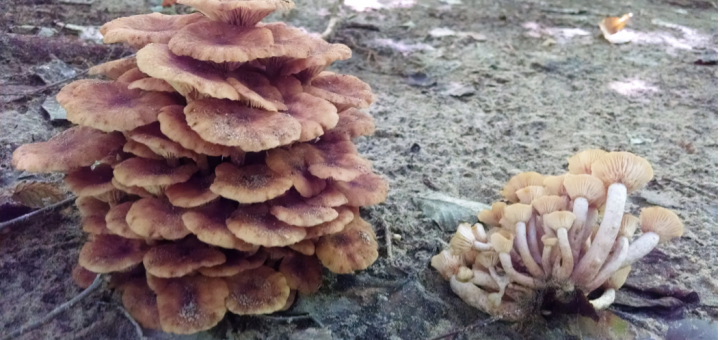
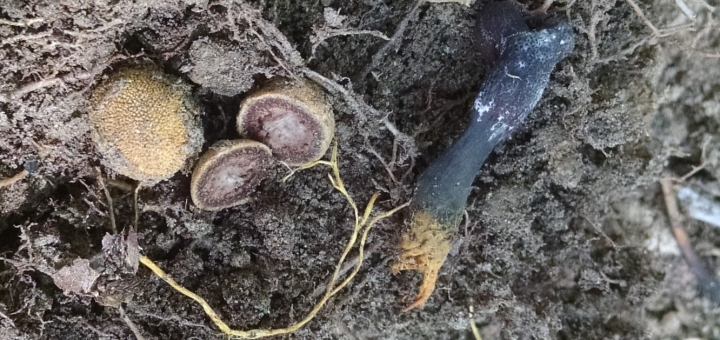
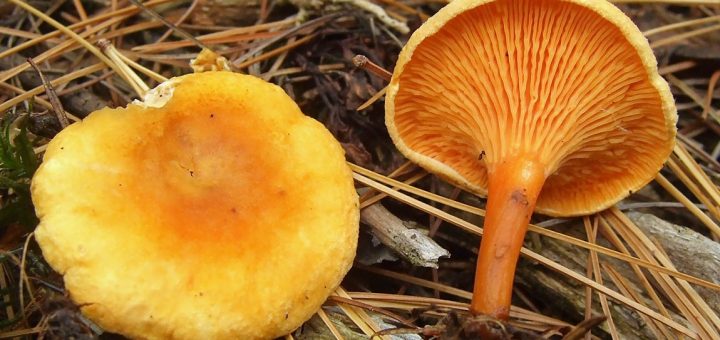
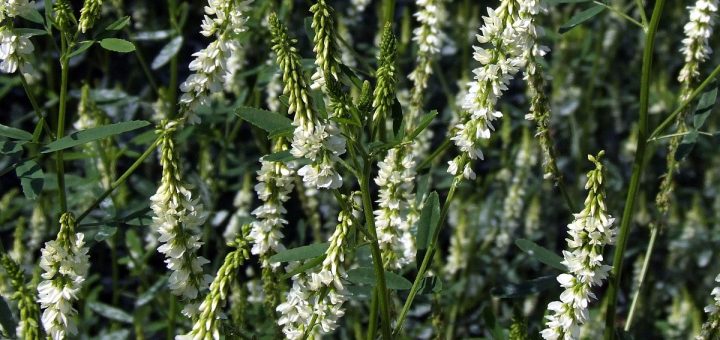
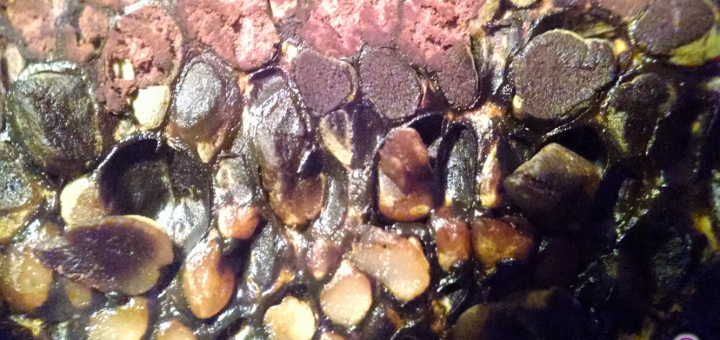
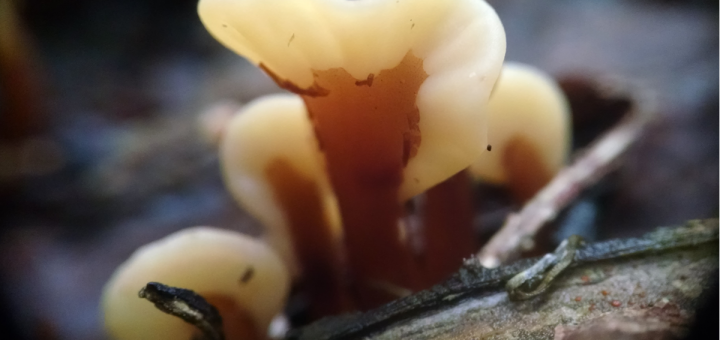
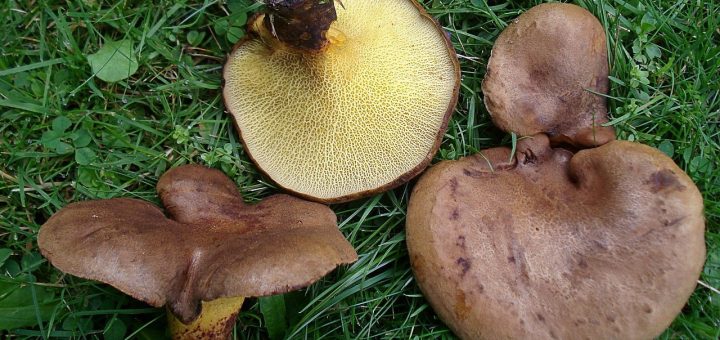
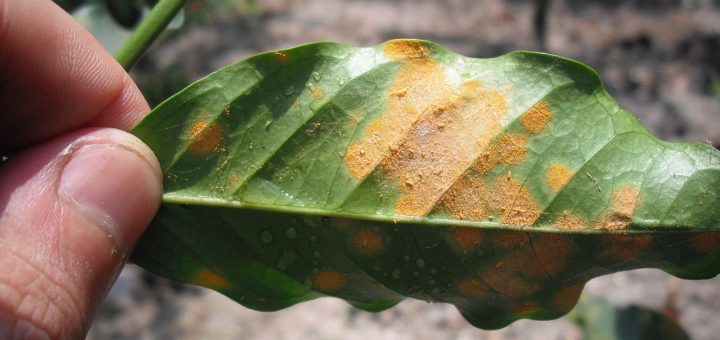
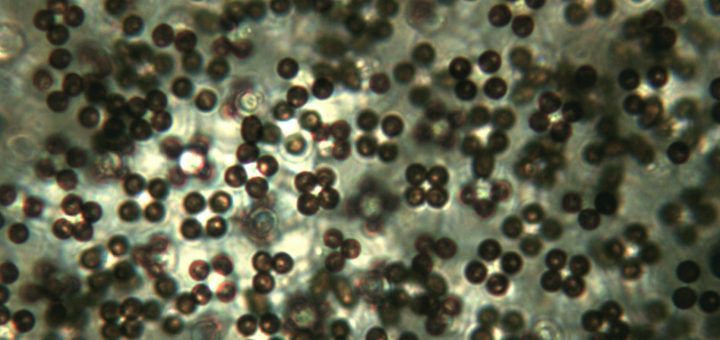
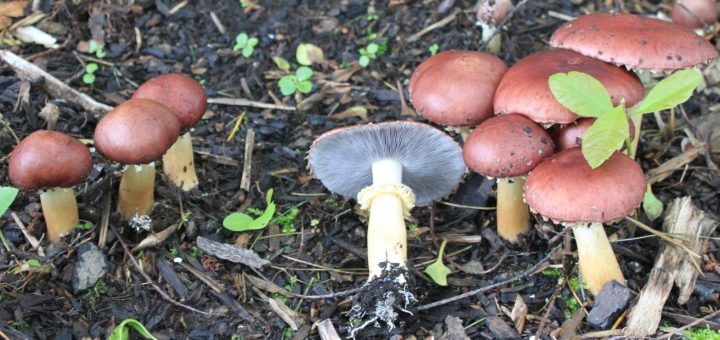





![#011: Characteristics of Kingdom Fungi [Archived]](https://www.fungusfactfriday.com/wp-content/themes/hueman/assets/front/img/thumb-small-empty.png)
